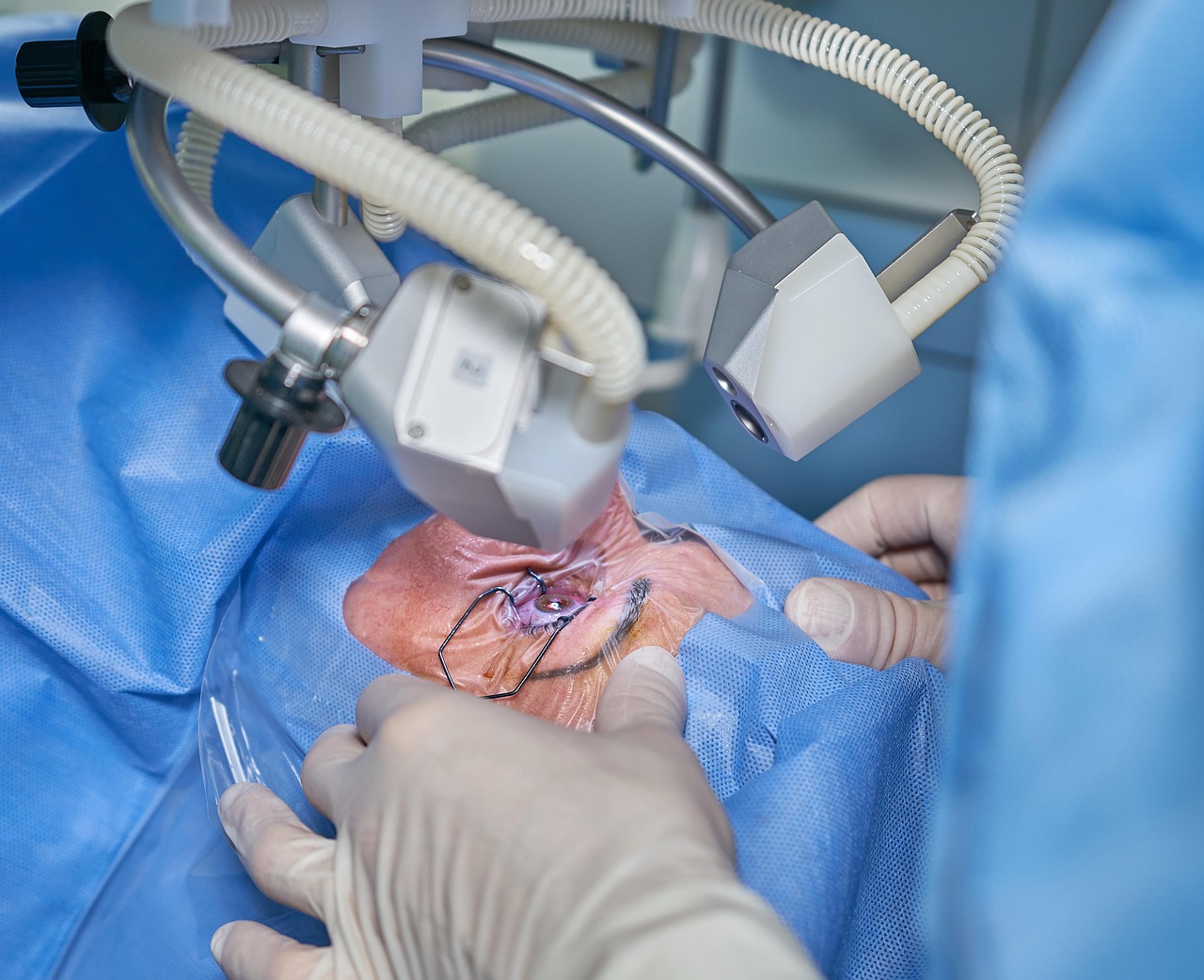Robotics in Medicine: A Glimpse into the Future
From sci-fi dreams to real-world applications, robotics in medicine is no longer a futuristic fantasy—it’s our present and rapidly evolving future. Whether it’s assisting in surgeries, delivering medications, or supporting rehabilitation, robots are transforming how healthcare is delivered. In this article, we explore the fascinating ways robotics is reshaping the medical field and what the future might hold.
🤖 Robotic-Assisted Surgery: Precision at Its Peak
One of the most well-known uses of robotics in healthcare is robot-assisted surgery. These systems don’t replace surgeons but enhance their precision, flexibility, and control. Technologies like the da Vinci Surgical System allow for minimally invasive procedures with reduced recovery times and smaller incisions, benefiting both patients and medical professionals.
🦾 Rehabilitation Robots: Helping Patients Regain Movement
After strokes or injuries, rehabilitation robots help patients relearn motor functions. These machines assist with physical therapy by guiding limb movements with high accuracy and consistent repetition, often improving outcomes faster than traditional methods.
Some systems even use AI-powered feedback to adjust therapy in real time based on patient performance, blending technology and human care seamlessly.
🏥 Service Robots in Hospitals: The New Assistants
Hospitals are turning to service robots to reduce the workload on human staff. From disinfecting rooms to delivering medication or meals, these machines improve efficiency and hygiene. During the COVID-19 pandemic, many healthcare systems adopted robots to minimize human contact and reduce infection risks.
🧠 Robotics and AI: Smarter Diagnostics and Decisions
Robotics combined with artificial intelligence is enabling smarter, faster decision-making. AI algorithms can now analyze scans, lab results, and patient histories to assist doctors in diagnosing diseases early—sometimes even before symptoms appear.
Robotic diagnostic assistants can gather and process data in real time, supporting more informed clinical choices and personalized treatment plans.
🧬 Microrobots: Tiny Tools for Targeted Treatment
In the future, microrobots—robots smaller than a grain of rice—could navigate inside the human body to deliver drugs to specific cells, target tumors, or even perform microsurgeries. This revolutionary approach could mean fewer side effects and more effective treatments.
🌐 The Future of Robotics in Medicine
While robotics is already making waves, the journey has only just begun. Here’s what the future could look like:
- Fully autonomous robotic surgeries
- Swarm robotics for internal diagnostics
- Remote surgeries through 5G and beyond
- Emotionally intelligent carebots for elderly or isolated patients
As robotics technology evolves, ethical considerations and data privacy will also become crucial parts of the conversation.
🔬 Why It Matters
Robotics in medicine doesn’t aim to replace healthcare workers—it aims to support them, enhance precision, and improve patient outcomes. At its core, it’s about combining human expertise with machine accuracy for the best of both worlds.
📚 Final Thoughts
The role of robotics in medicine is expanding rapidly, and it’s exciting to watch technology and health sciences come together. From enhancing surgeries to delivering care in ways we once only imagined, robots are helping build a healthier, smarter future.
Love tech and science? Stay tuned to stemandfitness.com for more inspiring stories at the intersection of innovation, health, and education.
Suggested Read Next: How AI Personalizes Learning in STEM
Tags: #MedicalRobotics #HealthcareInnovation #FutureOfMedicine #STEMandFitness #AIinHealthcare




